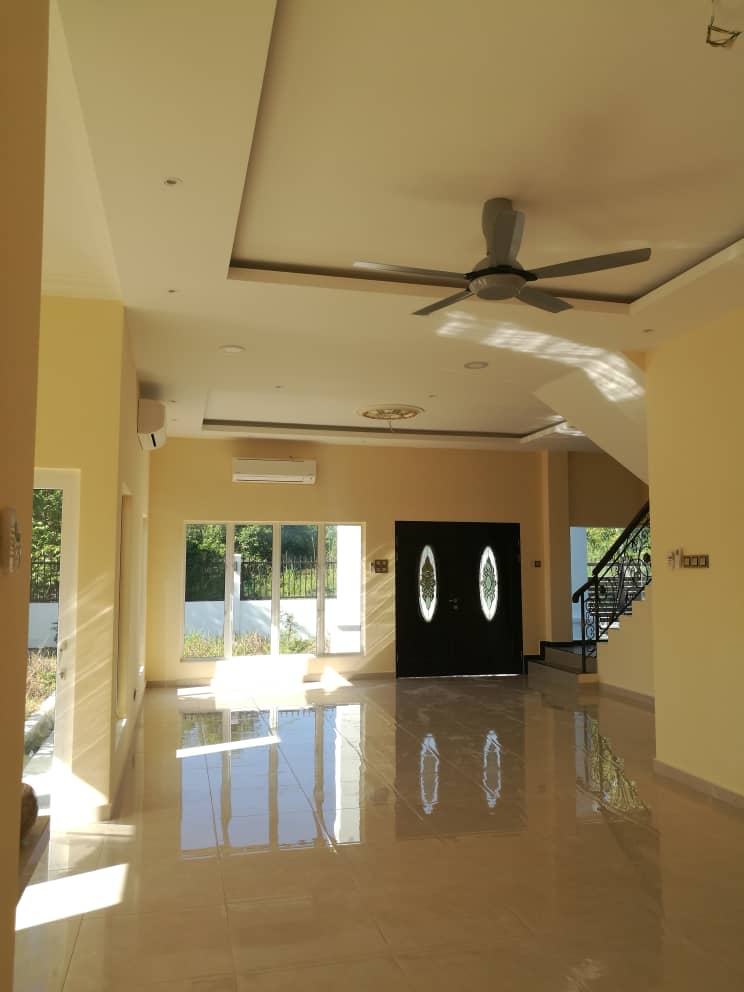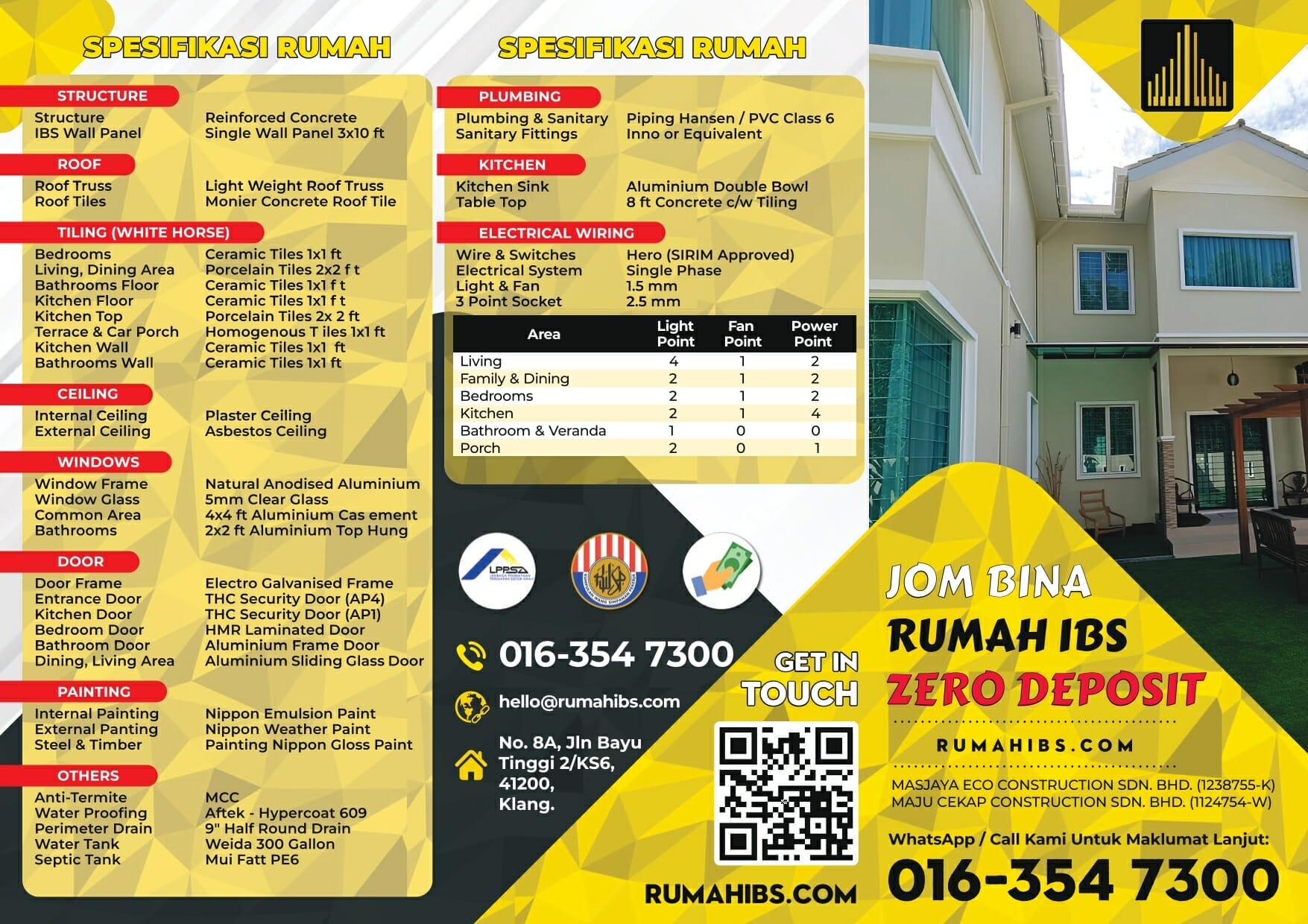
Exploring Precast Concrete Construction in Malaysia
Table of Contents
- Introduction
- Understanding Precast Concrete Construction
- Advantages of Precast Concrete Construction
- Challenges of Precast Concrete Construction
- Applications of Precast Concrete in Malaysia
- Case Studies of Successful Precast Concrete Projects
- Innovations and Technological Advancements in Precast Concrete
- Sustainability and Environmental Considerations
- Future Trends and Opportunities
- Importance of Professional Expertise in Precast Concrete Construction
- Conclusion
- FAQs
1. Introduction
The construction industry in Malaysia has embraced precast concrete construction as an innovative and efficient method of building. With its ability to expedite project timelines, improve quality, and reduce costs, precast concrete has become increasingly popular. In this article, we will explore the concept of precast concrete construction in Malaysia, its advantages, challenges, applications, and future prospects.
2. Understanding Precast Concrete Construction
Precast concrete construction involves the manufacturing of concrete components off-site, which are later transported and assembled at the construction site. This method offers several advantages over traditional cast-in-place construction, including speed, quality control, and cost-effectiveness. Understanding the process and components of precast concrete construction is essential to appreciate its benefits.
3. Advantages of Precast Concrete Construction
Precast concrete construction offers numerous advantages that contribute to its popularity in Malaysia’s construction industry. By highlighting these advantages, we can better understand why precast concrete is chosen for various projects.
3.1 Speed and Efficiency
One of the key advantages of precast concrete construction is its ability to accelerate project timelines. By manufacturing the components off-site, construction activities can proceed simultaneously, reducing overall construction time and enabling faster project completion.
3.2 Quality Control
Precast concrete construction provides enhanced quality control compared to traditional methods. The manufacturing process takes place in controlled factory conditions, allowing for meticulous monitoring and ensuring consistent quality. The precise fabrication and curing processes result in durable and reliable structures.
3.3 Cost-effectiveness
Despite the initial investment required for precast concrete construction, it offers long-term cost savings. The speed of construction reduces labor costs, and the high-quality precast components minimize the need for future maintenance and repairs. Furthermore, the precise manufacturing process minimizes material wastage, optimizing resource utilization.
4. Challenges of Precast Concrete Construction
While precast concrete construction offers significant advantages, it also presents unique challenges that need to be addressed for successful implementation. Understanding these challenges is crucial for project planning and execution.
4.1 Transportation and Logistics
Transporting precast components from the manufacturing facility to the construction site can be logistically complex. Large and heavy elements require specialized equipment and careful planning to ensure safe and timely delivery. Adequate infrastructure, including well-maintained roads and bridges, is essential to facilitate smooth transportation.
4.2 Design and Engineering Complexity
Designing and engineering precast concrete structures require specialized expertise. Precise detailing, accurate connections, and efficient lifting systems are essential to ensure the structural integrity of the completed project. Collaboration among architects, engineers, and contractors is vital to overcome design challenges and achieve optimal results.
5. Applications of Precast Concrete in Malaysia
Precast concrete finds extensive applications in various sectors of the Malaysian construction industry. By examining these applications, we can understand the versatility and potential of precast concrete construction.
5.1 Residential Buildings
Precast concrete components are widely used in the construction of residential buildings, including apartments, condominiums, and landed properties. The speed of construction, enhanced quality, and design flexibility make precast concrete an attractive choice for developers and homeowners alike.
5.2 Infrastructure Projects
Malaysia’s infrastructure development extensively utilizes precast concrete construction. Bridges, flyovers, culverts, and retaining walls are among the infrastructure projects that benefit from the speed, efficiency, and durability of precast components.
5.3 Industrial and Commercial Buildings
Precast concrete also plays a significant role in the construction of industrial and commercial buildings. Factories, warehouses, shopping complexes, and office towers often incorporate precast elements to expedite construction timelines and ensure superior quality.
5.4 Sustainable Construction
In recent years, there has been an increasing emphasis on sustainable construction practices. Precast concrete construction aligns with sustainability goals by minimizing waste generation, reducing resource consumption, and promoting energy efficiency. The controlled manufacturing process reduces material wastage, and the durability of precast components contributes to the longevity of structures.
6. Case Studies of Successful Precast Concrete Projects
Examining successful case studies provides real-life examples of precast concrete construction projects in Malaysia. By analyzing these projects, we can gain insights into their challenges, solutions, and the benefits they have brought to the construction industry.
6.1 Example Project 1: XYZ Apartments
XYZ Apartments, a high-rise residential development, utilized precast concrete components for its structural framework. The use of precast walls and slabs allowed for rapid construction, resulting in shorter project duration and early delivery to the buyers.
6.2 Example Project 2: ABC Bridge
ABC Bridge, a critical transportation infrastructure project, employed precast concrete segments for the bridge spans. The prefabricated components were precisely manufactured off-site and assembled with minimal disruption to traffic flow, showcasing the efficiency and versatility of precast concrete construction.
6.3 Example Project 3: DEF Commercial Complex
DEF Commercial Complex, a large-scale commercial project, implemented precast concrete construction for its structural elements. The speed of construction allowed for earlier occupancy and quicker returns on investment, while the high-quality precast components ensured a durable and visually appealing structure.
7. Innovations and Technological Advancements in Precast Concrete
The field of precast concrete construction is continuously evolving, with innovations and technological advancements driving progress. These developments aim to enhance construction efficiency, improve sustainability, and expand design possibilities.
8. Sustainability and Environmental Considerations
In the era of sustainable development, environmental considerations are of utmost importance in construction practices. Precast concrete construction offers several sustainable features, including reduced material wastage, improved energy efficiency, and lower carbon emissions. Understanding the environmental benefits of precast concrete can guide decision-making and promote greener construction practices.
9. Future Trends and Opportunities
The future of precast concrete construction in Malaysia is full of opportunities and advancements. By staying informed about the emerging trends and technologies in the industry, stakeholders can make informed decisions and capitalize on the potential benefits.
9.1 Integration of Building Information Modeling (BIM)
Building Information Modeling (BIM) is revolutionizing the construction industry by enabling digital representations of physical and functional characteristics of structures. Integrating BIM with precast concrete construction can streamline the design, fabrication, and installation processes, resulting in improved efficiency and coordination.
9.2 Automation and Robotics
Automation and robotics are transforming various industries, and construction is no exception. In precast concrete construction, automated manufacturing processes and robotic systems can enhance productivity, quality control, and safety.
9.3 Exploration of Advanced Materials
Researchers and engineers are continuously exploring new materials that can enhance the performance and sustainability of precast concrete construction. Innovations such as self-healing concrete, lightweight aggregates, and recycled materials offer exciting possibilities for future projects.
10. Importance of Professional Expertise in Precast Concrete Construction
While precast concrete construction presents numerous benefits, it requires professional expertise for successful implementation. Engaging experienced architects, engineers, and contractors who specialize in precast concrete construction is crucial to ensure seamless project execution and optimal results.
11. Conclusion
Precast concrete construction has revolutionized the Malaysian construction industry, offering faster project delivery, improved quality, and cost-effective solutions. Its applications in residential, commercial, and infrastructure projects have showcased its versatility and benefits. With ongoing innovations and the integration of advanced technologies, the future of precast concrete in Malaysia looks promising. By embracing this construction method and leveraging professional expertise, Malaysia can pave the way for sustainable development and create a robust built environment for the future.
12. FAQs
Q1: Can precast concrete construction be used for high-rise buildings?
Yes, precast concrete construction is suitable for high-rise buildings. The manufacturing process ensures the strength and durability of precast components, making them ideal for supporting tall structures.
Q2: How does precast concrete construction contribute to sustainable development?
Precast concrete construction reduces material wastage, minimizes resource consumption, and enhances the durability of structures. These factors contribute to sustainable development by promoting efficient use of resources and minimizing environmental impact.
Q3: Is precast concrete construction more expensive than traditional construction methods?
While precast concrete construction may involve higher initial costs, it offers long-term cost savings due to reduced labor requirements, improved quality, and minimized maintenance and repair needs.
Q4: What are the limitations of precast concrete construction?
Transportation logistics, design complexity, and the need for specialized expertise are some of the limitations associated with precast concrete construction. Overcoming these challenges requires careful planning and collaboration among stakeholders.
In conclusion, precast concrete construction has emerged as a game-changer in the Malaysian construction industry. Its ability to accelerate project timelines, ensure superior quality, and offer cost-effective solutions has made it a preferred choice for various building types and infrastructure projects. As Malaysia continues to embrace innovation in construction, the significance of precast concrete is expected to grow further. By leveraging professional expertise, adopting sustainable practices, and keeping up with technological advancements, Malaysia can build a resilient and sustainable future for its construction industry.







